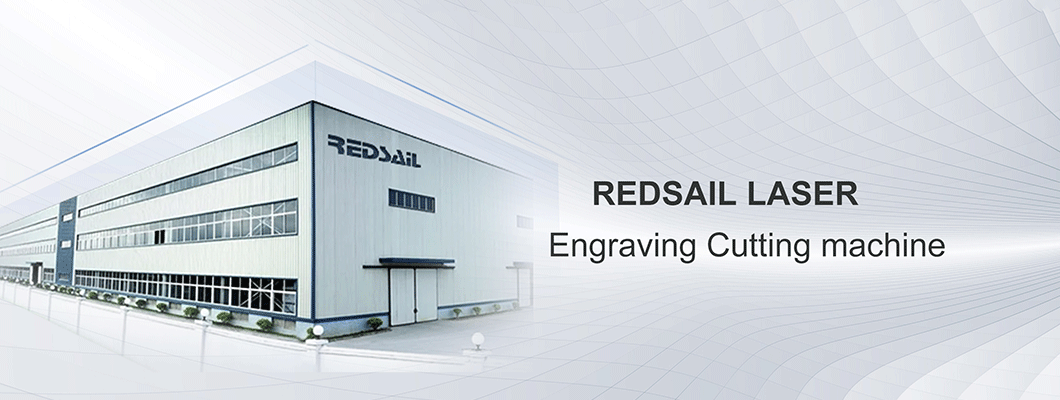
Aluminum oxide, aluminum nitride and other high thermal conductivity, good insulation performance, high temperature resistance, have been widely used in electronics, semiconductors and other fields. However, ceramic materials have high hardness and brittleness, and are difficult to form and process, especially in terms of micropore processing technology. Because the laser has high power density and good directivity, at present, ceramic sheets are generally processed with laser drills. The laser drills are generally pulsed lasers or quasi-continuous lasers (fiber lasers). The laser axis is placed vertically on the workpiece.
Because electronic components and semiconductor components are small in size and high in density, there are high requirements for the accuracy and speed of laser drilling. According to the requirements of the components, electronic components and semiconductor components are small in size and high in density. There are also high requirements for precision and speed. According to the use of the components, the diameter of the micropores is between 0.04 and 0.1 mm. For the laser used for precision machining of ceramics, the diameter of the laser focus is generally less than or equal to 0.05mm. According to the thickness and size of the ceramic plate, holes with different apertures can be realized by controlling the amount of focus separation. For holes with a diameter less than 0.15mm, the focus separation can be controlled by amount to achieve the hole.
There are two main types of ceramic plate cutting, water jet cutting and laser cutting. At present, fiber lasers are widely used in the market for laser cutting.
Ceramic Laser Cutting
The advantages of ceramic laser cutting machine are:
(1) The incision is narrow, the precision is high, the thermal interference area is small, and the surface of the incision is smooth and free of burrs.
(2) The laser cutting head does not touch the material surface or damage the workpiece.
(3) The incision is narrow, the thermal interference area is small, the local deformation of the workpiece is small, and there is no mechanical deformation.
(4) Flexible processing, any graphics can be processed, and pipes and other special-shaped materials can also be cut.
Ceramic Laser Cutting
This is a high-end precision laser processing equipment mainly developed for various types of ceramic finishing. It has high processing efficiency, good quality, small thermal interference area, stress-free flexible processing, arbitrary graphics processing, CCD automatic focusing, positioning, automatic With excellent characteristics such as box-to-box loading and unloading, it is an ideal tool for processing ceramic materials in thick film circuits, microwave communications and other electronic components.
With the continuous advancement of 5G construction, industrial fields such as precision microelectronics, aviation and ships have also further developed, and the application of ceramic substrates also covers these fields. In these respects, ceramic substrate PCBs are increasingly used due to their excellent properties.
Ceramic substrate is the basic material of high-power electronic circuit structure technology and interconnection technology. Its structure is dense and has certain brittleness. With conventional processing methods, very thin ceramic sheets are subject to stress during processing and are easily broken.
In recent years, with the development of miniaturization and light weight, traditional machining methods cannot meet the requirements due to their low precision. As a non-contact processing tool, laser as a non-contact processing tool plays a very important role in the processing of ceramic substrate PCB.
With the continuous development of the microelectronics industry, electronic components are gradually developing in the direction of miniaturization and thinning, and the requirements for precision are getting higher and higher, which inevitably puts forward higher requirements for the processing degree of ceramic substrates. Based on this background, the application of laser ceramic substrates on PCBs has broad prospects for development!

Leave a Comment